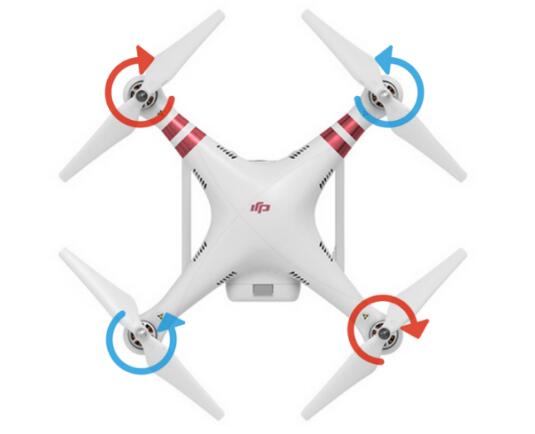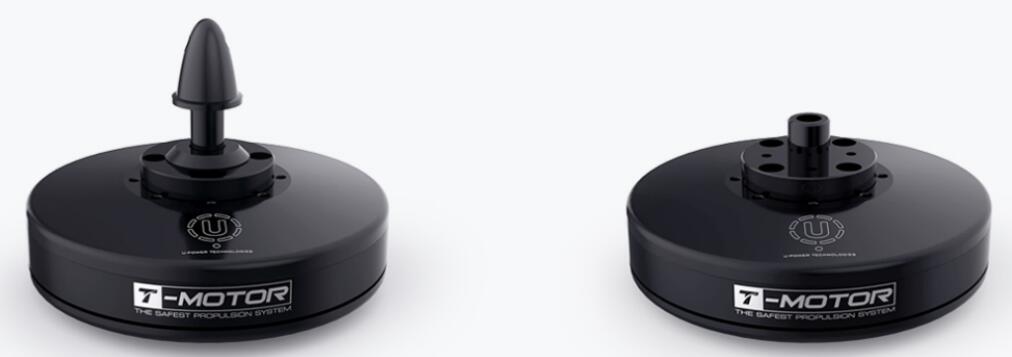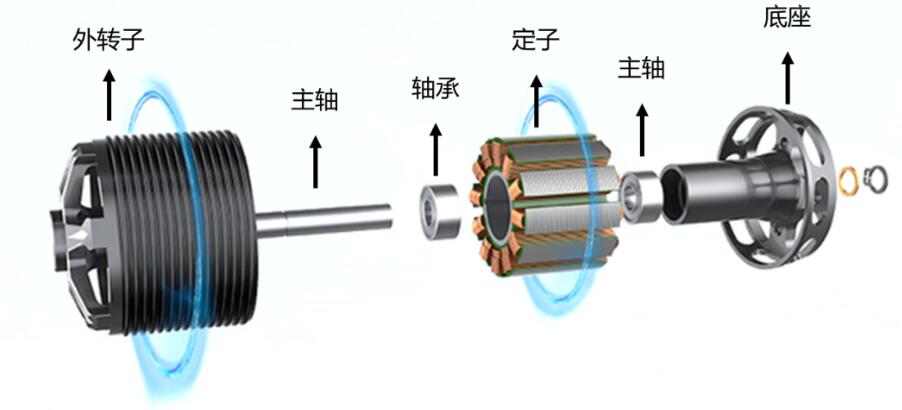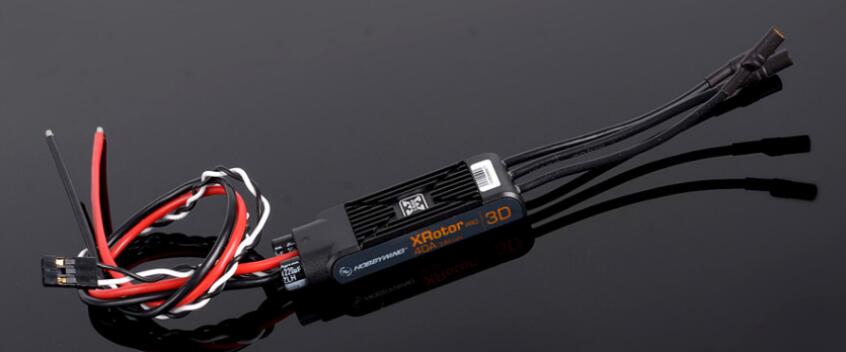Nov. 20, 2021
UAV dynamic system is composed of propeller, motor, electric and battery. The flight controller sends out control signals to electric adjustment, which controls the motor rotation and drives the propeller rotation. The propeller rotation generates upward lift so that the UAV takes off.
Legend: UAV dynamic system connection diagram
Among them, the power supply plug of the battery and the electric power supply plug, according to the positive pole and the positive pole, the negative pole and the negative pole are connected.The three-phase line of electric adjustment is connected with the three-phase line of the motor. The connection order is not considered for the first time. After the connection, the sequence of the two wiring lines is arbitrarily exchanged, and the rotation direction of the motor is changed. Electrically adjusted PWM signal line is connected with signal control end (flight control, test bench, receiver).
1. The propeller
Propeller: the device mounted on an electric motor that generates propulsion by rotating the blades in the air. According to the quantity of blades, there are two, three, four and more blades.
Figure 1.1 BLADE of UAV
Propellers can be divided into positive and negative propellers according to different directions of rotation.One is the forward paddle in the adjacent direction and the other is the reverse paddle.

Figure 1.2 Position distribution of forward and counter OARS of UAV
How does a UAV distinguish whether its propeller is positive or negative? Let's start with the configuration of the paddle.

Figure 1.3 Blade configuration
The front side of the propeller : the plane surface of the propeller is the airfoil, and the convex side is the upper surface of the airfoil, which is the front side of the propeller. Generally, the size and model of the propeller are printed on the front side of the propeller. The forward direction of the propeller is the direction in which lift force is generated.
The leading edge of the propeller : the thick end of the plane wing of the propeller is the leading edge of the propeller. The leading edge position of the propeller can also be judged by the contour of the blade. The contour of the propeller is mainly composed of the curve of the leading edge and the trailing edge. The contour of the leading edge is smoother than that of the trailing edge. The leading edge of the propeller moves forward, that is, the direction of rotation of the propeller.
Clearly determine the front and rotating direction of the propeller, and then distinguish the positive and negative of propellers, here are the method: facing the front of the propeller, the propeller rotating counterclockwise is the positive propeller, and the propeller rotating clockwise is the anti-propeller.
2. The motor
Brushless DC motor: The motor used on UAV is mainly three-phase brushless DC motor. The main role of the UAV motor is to drive the propeller to rotate and offset the torque generated by the propeller in the rotation process.

Figure 2.1 Legend of uav motor
UAV motor is mainly external rotor brushless DC motor, the basic structure is: permanent magnet external rotor, stator, bearing, spindle, base. The outer rotor comprises a component installed with the propeller, which is fixedly installed with the propeller. There are mounting threads on the stator, and the motor mounting seat is fixed and installed with bolts.

Figure 2.2 Uav motor structure diagram
The steering of the motor can be changed by changing the connection order of the three lines, that is, arbitrarily exchanging the sequence of the two wiring lines, that is, changing the direction of rotation of the motor, to achieve positive or reverse. In this experiment, facing the output shaft end of the motor, the counterclockwise rotation of the motor is positive, and the clockwise rotation is reverse.
3. ESC

Figure 2.3 Electrical tuning legend of UAV
Electronic Speed Control is ESC for short. The function of brushless ESC is to convert the DC power input of the battery into three-phase AC power output of a certain frequency to the motor according to the PWM signal of the flight control, so as to realize the phase change of the motor and control the speed of the motor. The speed of the brushless DC motor is controlled by pulse width modulation (PWM). The speed of the brushless DC motor is related to the voltage. The higher the voltage, the faster the speed. The lower the voltage, the slower the spin. The input voltage of the motor is controlled by pulse width modulation (PWM). The higher the PWM duty ratio is, the higher the equivalent voltage will be. The lower the duty cycle, the lower the equivalent voltage.
The first installation on an aircraft requires the use of a remote control or flight control to calibrate the throttle stroke. This time, we will use a test bench to simulate electric throttle stroke calibration. Electrically adjusted PWM stroke calibration, that is, the corresponding throttle stroke and electrically adjusted PWM stroke consistency calibration.
4. The battery

Figure 4.1 battery
A battery (chemical battery) is a device that converts chemical energy into electrical energy by using materials such as electrodes, electrolytes, and membranes. The role of battery in power system: responsible for providing energy for the whole power system.

Figure 4.2 Battery structure composition
The first battery used in UAV model is nickel-hydrogen battery. Let’s introduce. The nickel-hydrogen battery can solve the problem of memory effect of the nickel-cadmium battery, and has higher current and faster charging than nickel-cadmium battery. With the popularity of the brushless motor, higher requirements for battery current are put forward, which can not be met by nickel-hydrogen batteries. Lithium polymer batteries have been widely used in UAV due to their superior performance. At present, lithium polymer batteries occupy more than 90% of the UAV battery market.
E-mail: sandy@wing-flying.com
Add.: 7th Floor, B2#,Animation Building, Sino-Singapore Tianjin Eco-City